Science With Children: Baking Soda and Vinegar Experiments
These are two of the first science experiments my four-year-old and I performed together in our kitchen. Based on what I have read, kids of all ages would enjoy these! Both experiments are rather simple, but fun. Inexpensive, too!
1. Inflating A Balloon
Thank you to Mom to 2 Posh Lil Divas for this idea! Outlined below is the step-by-step method we used here at home, with photos for each step. M really enjoyed this one, and asked to do it again just a few days ago.
What You Need For Each Scientist
- 1 Small empty plastic or glass bottle
- 1 Balloon (blow it up, then let the air out to stretch it a bit)
- 1 Funnel
- Baking Soda *
- White Vinegar *
- Science Journal (a notebook of any kind, optional)
* The quantity of baking soda and vinegar you need depends on how many times your scientist wants to perform the experiment.
Why It Works
According to UCSB Science Line, baking soda is a base and vinegar is an acid. When they are combined they react and release carbon dioxide, a gas, which fills up the balloon. Here is a great quote I found regarding this reaction, which helped me understand what is going on – and may help younger kids understand too:
Baking soda and vinegar react with one another because they both have a lot of energy that they don’t want and they can help each other get rid of it! You might think this explanation is too simple, but it’s true to what’s happening.
Baking soda is a base, and vinegar is an acid. An acid is a chemical that wants to get rid of a proton, or a positively charged hydrogen atom. A base is a chemical that wants a proton.
For older and more interested kids, you may want to visit this page on UCSB Science Line for a more detailed explanation.
What To Do
Follow the steps in the photos below. Depending on the age(s) of your child(ren), you may want to help them hypothesize on what will happen when the two items are combined. Sometimes we record our Hypothesis, Experiment, and Conclusion in our Science Notebook.
2. Erupting Play Dough Volcano
This great idea was found on Create-Kids-Crafts.com. Outlined below is the step-by-step method we used here at home, with photos for each step. My daughter LOVED this experiment. We kept our volcano for several days after our first experimentation, then performed it again many more times. Note: if you run out of white vinegar, apple cider vinegar will work, too, but it’s a little more stinky than the white.
What You Need For Each Volcano
- Small Cup (one which holds approximately 1/2 cup of liquid)
- Aluminum Foil
- Play Dough (approximately 3 containers of commercial dough or 1 batch of homemade)
- Funnel
- One cup size measuring cup with handle and spout
- Baking Soda *
- White Vinegar *
- Food Coloring *
- Science Journal (a notebook of any kind, optional)
* The quantity of baking soda, vinegar, and food coloring you need depends on how many times your scientist(s) wants to perform the experiment.
What To Do
Follow the steps in the photos below. Depending on the age(s) of your child(ren), you may want to help them hypothesize on what will happen when the two items are combined. (See “Why It Works” in the Inflating Balloon Experiment above). Sometimes we record our Hypothesis, Experiment, and Conclusion in our Science Notebook. Experiment with different measurements of baking soda and vinegar to see what works best for you. Be sure to build your volcano in a large baking pan or something similar.
Have fun while you are learning! Please let me know: do you know of any more fun experiments with baking soda and vinegar? I’d love to hear your ideas!
Disclosure: I was not compensated for this post. I am an affiliate of Kiwi Crate and Amazon, and will receive a small commission if a link on this blog is used to make a purchase.
Resources
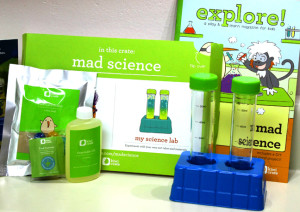 Kiwi Crate kits have been a favorite at our house for almost two years. Each month we receive a kit in the mail containing supplies and instructions for science and art activities. To find out more, please read my Kiwi Crate review.
Kiwi Crate kits have been a favorite at our house for almost two years. Each month we receive a kit in the mail containing supplies and instructions for science and art activities. To find out more, please read my Kiwi Crate review.

volumes and the related Sonlight-produced DVD.
Lots of good ideas (like the two in this post) can be found on the internet, of course! I am keeping track of the ideas I’d like to try on my Science For Kids Pinterest board, which I will update as often as I can.
Text and Images Copyright 2014 Kathryn Depew
Disclosure: I was not compensated for this post. I am an affiliate of Kiwi Crate and Amazon, and will receive a small commission if a link on this blog is used to make a purchase.

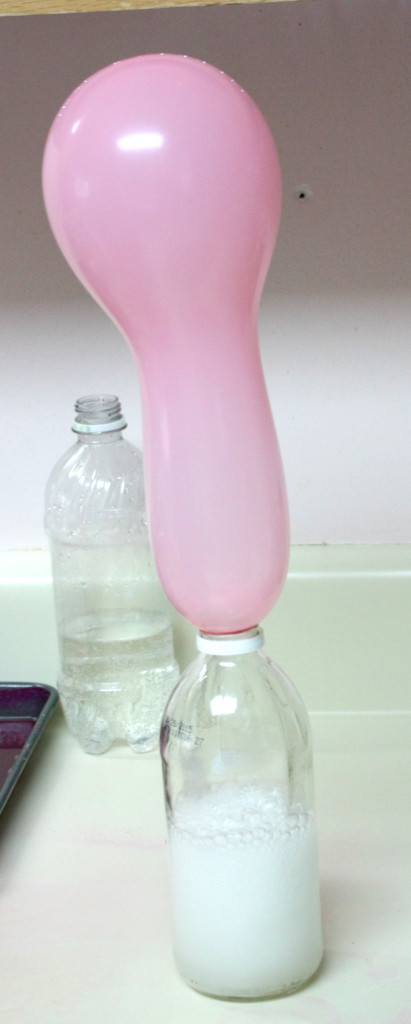

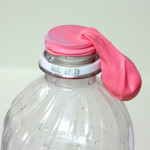
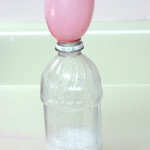
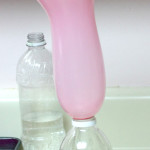
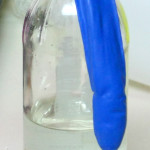
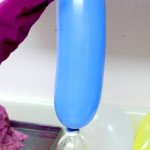
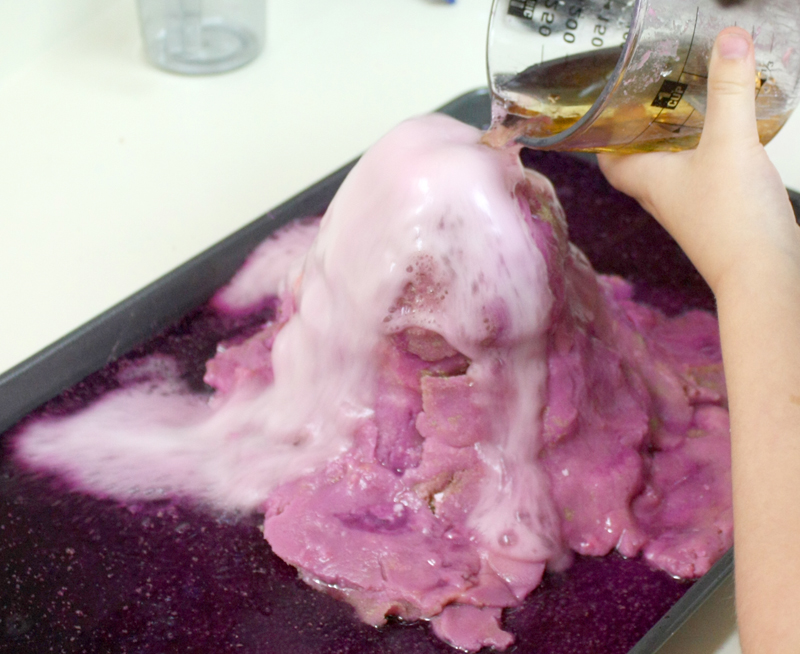
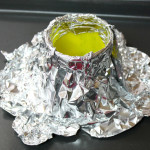
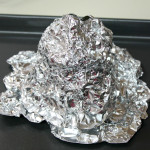
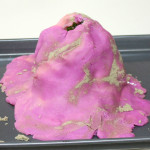
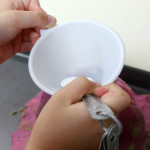
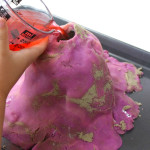
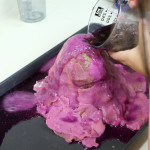
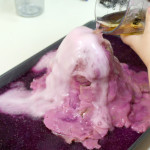
Leave a Reply